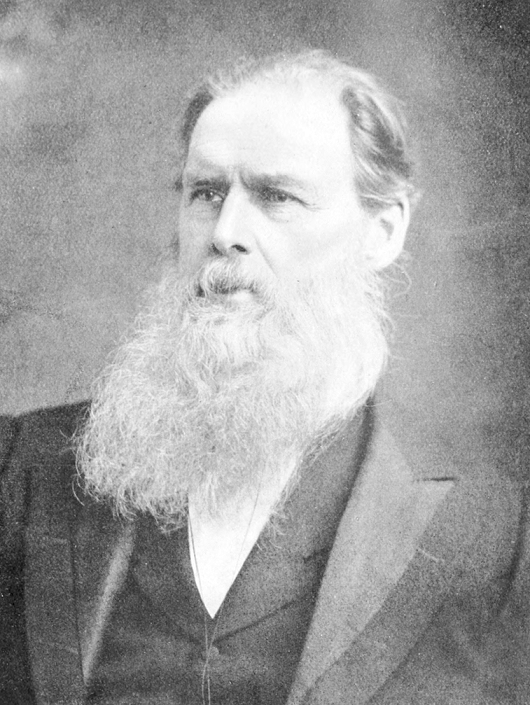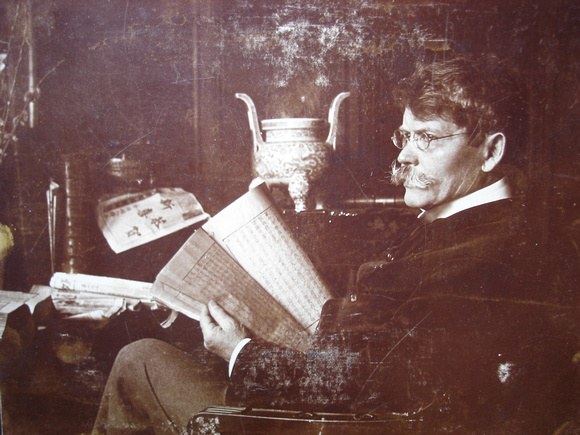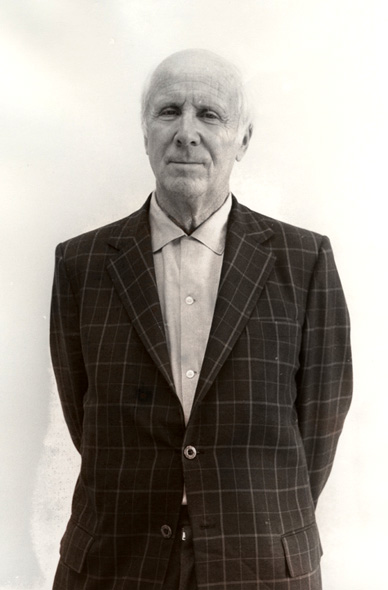In reading the writings of South Vietnamese philosopher Kim Định, one point that I have found fascinating is seeing the degree to which Kim Định’s ideas were shaped by his awareness of some of the main intellectual debates in the West in the nineteenth and twentieth centuries.
At the broadest level was a debate about “primitive” peoples and cultures. This is a debate that emerged with the development of cultural anthropology as a field of study in the nineteenth century.
English anthropologist Edward B. Tyler, the “founder” of cultural anthropology, argued in works such as Primitive Culture (1871) that cultures evolve from a primitive state to a more complex state.
Tyler, therefore felt that people were basically all the same. The differences that exist were simply the result of different levels of societal evolution.
In the early twentieth century, French scholar Lucien Lévy-Bruhl put forth a contending argument. In his Les fonctions mentales dans les sociétés inférieures (1910), later translated into English as How Natives Think (1926), Lévy-Bruhl argued that it was not the case that people were all the same, but that there were essential differences between Westerns and “primitive” peoples.
“Primitive” people were “mystical.” They did not differentiate between reality and the supernatural. They did not understand the concept of causation, etc. Westerners, in contrast, were “logical.”
Then in the 1960s, Claude Lévi-Strauss made a further contribution to this debate by arguing in works like La Pensée sauvage (1962), published later in English as The Savage Mind (1966) that if we examine the structure of meaning behind the thoughts of peoples from around the world, we can find that people are basically the same in the way they think.
Lévi-Strauss acknowledged that there were different types of thought, what he called mythical thought and scientific thought, but he argued that they were equally logical and that one (mythical thought) did not proceed the other (scientific thought). They were simply two equally valid ways of perceiving and thinking about reality.
This debate in the fields of anthropology and sociology about how primitives/natives/savages think intersected with scholarship in the field of Sinology.
Lévy-Bruhl supposedly first became interested in the topic of different human “mentalities” after his friend, Sinologist Édouard Chavannes, provided him with a copy of some translations of ancient Chinese writings. Lévy-Bruhl apparently found these writings incomprehensible and this supposedly led him to start examining how different peoples think.
Edouard Chavannes, meanwhile, is a French scholar who first came up with a theory in 1901 that the Việt in Vietnam were people who had migrated southwards from China, a theory that Leonard Aurousseau made more well known in 1923, and a theory that plays a part in Kim Định’s writings.
In any case, the Sinologist who was the most important for Kim Định was Marcel Granet. Granet was actually both a Sinologist and a sociologist, and his scholarship contributed to both of these fields.
In his La pensée Chinoise (Chinese Thought, 1934) one can clearly see the influence of Lévy-Bruhl. To Granet, the way Chinese thought was definitely different from the way that Westerners thought.
To demonstrate this point, Granet tried to explain in detail the concepts that informed the way that Chinese think, and here he discussed many issues that Kim Định later focused on, such as the concept of yin and yang (âm đương) and the five phases (ngũ hành).
Just as Claude Lévi-Strauss came to argue in the field of anthropology in the 1950s and 1960s that Westerners and non-Westerners are not all that different, so did a similar discussion emerge at that time in the field of Sinology.
One person who was deeply involved in that discussion was British Sinologist Joseph Needham. Needham began in the 1950s to research and publish a series of books (actually massive volumes) called Science and Civilization in China.
In these books, Needham and his many collaborators over the years, sought to examine Chinese knowledge from a comparative perspective in order to understand Chinese “science.” Granet’s writings were initially important for Needham, but over time he moved beyond Granet’s characterizations and came to find more similarities between Chinese and Western thought.
Needham, therefore, sought to offer his readers a more positive view of Chinese civilization than they had been aware of.
Another Sinologist who did the same was Herrlee Creel. A professor at the University of Chicago, Creel published works on China during this same time period that provided a very positive view of that land.
In the early twentieth century, Western scholars believed that the earliest periods of Chinese history, such as the time of the Shang Dynasty, were myth, but Creel introduced readers to the archaeological discovery of oracle bones at Anyang to argue for the historical validity of that period.
He also wrote a very sympathetic biography of Confucius in which he argued that Confucius was a democratic reformer. . .
Then there was Wolfram Eberhard. Eberhard was a German Sinologist who shattered the myth that China has historically been a homogenous society by demonstrating how multi-ethic China has always been (thus opening the door for Kim Định to argue that the Việt are more important historically than the Hoa, or Chinese).
Kim Định cites all of these scholars in his writings. And while he does not necessarily follow their exact ideas (Eberhard, for instance, does not argue that the Việt were in China before the Hoa, as Kim Định does), I would still argue that it is impossible to understand Kim Định’s ideas if one does not understand the ideas of the scholars whose work he read and thought about.
Kim Định read the works of Marcel Granet, Claude Lévi-Strauss, Joseph Needham and Wolfram Eberhard, but in order to understand what these scholars wrote about, one also needs to understand about what scholars like Edward Tyler and Lucien Lévy-Bruhl wrote about.
This can lead us to understand “the spirit” behind what all of these scholars were doing, and to think about “the spirit” behind what Kim Định sought to do.







